Beer can chicken is really fun to barbecue and that slow cooking gives it a beautiful smoky flavour. Neven is really developing that flavour with the paste, using paprika, Dijon mustard, red wine vinegar, lemon and lime. So there is a good bit going on.
To match this, I selected two chardonnays with a bit of body that would stand up to the taste. I could have opted for oaked chardonnays but I thought they might be just a little too heavy and the unoaked versions have plenty of flavour.
When people think of light reds, often their mind goes to pinot noir, and a good pinot would work well here. But I have opted for gamay, the grape best known for producing Beaujolais.
Like pinot, it is generally light in alcohol and low in tannins. Hopefully, you’ll be barbecuing on a warm sunny day and if that’s the case, I recommend cooling the wine in the fridge for about 45 minutes before serving.
You wouldn’t do this with a big, bold, tannic red wine but for lighter reds such as Beaujolais, it helps accentuate the fruit notes that are naturally present. Remember, you just want to cool rather than chill. Too cold and you’ll mute the flavours.
Pennautier Chardonnay, Simply Better at Dunnes Stores, €14.99
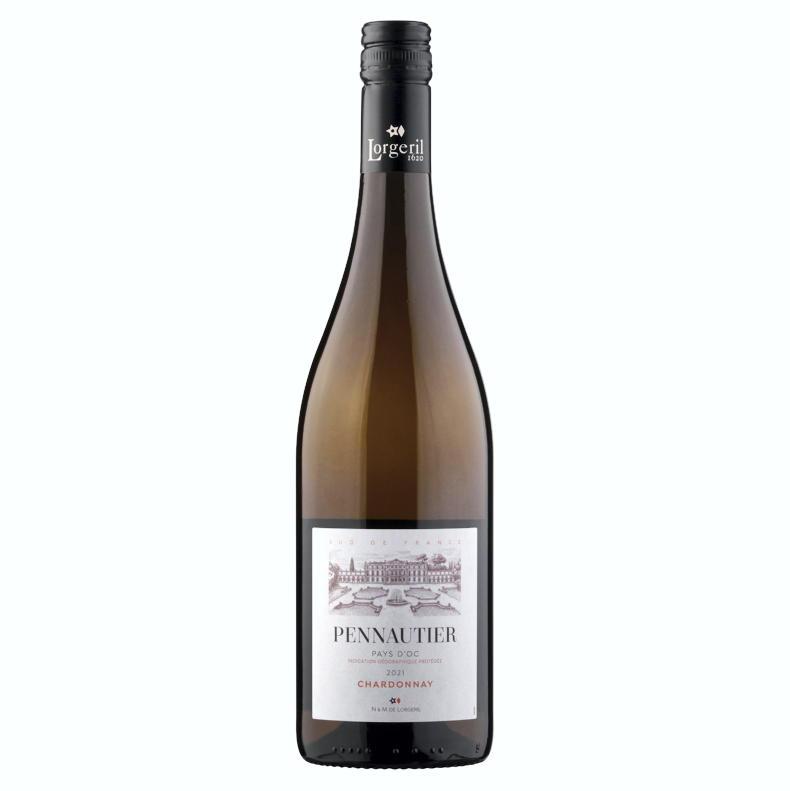
As we’re an agricultural publication, I’m always especially interested in the farming element of the wine-making process.
Interestingly, the grapes for this wine are harvested in the early hours of the morning and that is to preserve freshness.
They’re then matured in stainless steel vats as opposed to oak, which lets the flavours shine.
On the nose, this wine has floral notes with a little creaminess.
On the palate, though, you’ll get lovely lemon zest and some peach with a nice touch of exotic fruit with grapefruit.
It’s aged on lees, which means it is matured with their yeasts for several months. With this process, malolactic fermentation occurs, which gives a lovely buttery finish.
Something we discussed last month when we were tasting sauvignon blanc is a flinty minerality in the wine. That doesn’t usually come through with chardonnay but because of the location in France, there is some limestone in the soil which contributes to the taste profile.
Kooliburra Chardonnay, Aldi, €7.69

Next we are heading to Australia and, specifically, the limestone coast in the southeast of the country.
Australians are known for making big bold heavily oaked chardonnays but in recent years they have toned things down a bit and this is a good example.
The limestone region is good for this because its climate is cooler than other wine regions in Australia.
Hot regions produce very bold, fruity wine but the cooler climates produce a wine that is more muted and subtle while still maintaining the lovely rich qualities characteristic of Australian chardonnays.
On the nose, you’ll pick up pineapple and pear and then when you take a sip, you’ll get a nice hit of citrus but also some melon, pineapple, peach and a touch of honey. It has a lovely soft texture, perfect for a summer barbecue.
Beaujolais, Marks & Spencer, €10.50
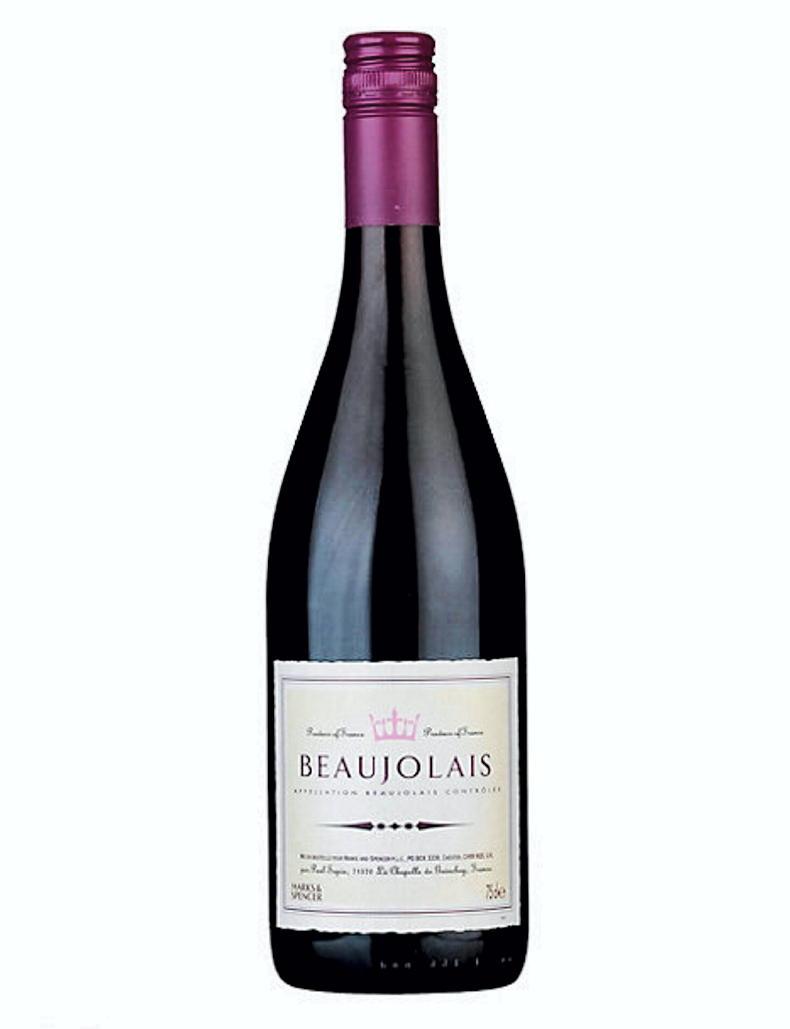
Beaujolais comes from Burgundy and with this wine we are heading to the rolling hills of Pierre Doree.
The vines are 45 years old, which leads to a really fruity red grape. Take a sniff and you’ll immediately detect red fruit, especially plum with a little vanilla sweetness.
On the palate, the fruit intensifies, with the freshness coming from raspberries and strawberries but a little more depth with cherries and blackcurrants. As there’s no oak, the tannins are light but there is a hint of spice.
A fresh light-bodied wine, perfect to drink on its own but will continue to perform right throughout the meal.
Château de Fleurie, O’Briens Wines, €21.45

Fleurie is an appellation which is part of the highest category of classification in Beaujolais and Château de Fleurie is recognised as one of the region’s top estates.
The family have owned the property since the 20th century, so generations of experience feeds into the production of this wine. It is a soft, light-bodied wine but it has good complexity.
On the nose, the red fruit flavours are complemented with a nice bit of spice.
Take a sip and you’ll pick up summer fruit like strawberries and raspberries but it’s got a rich texture, almost like a sweet jam. You’ll also get some cherry and pomegranate with a bit of earthiness leading to a long, satisfying finish.
See Neven's barbecue
Read more
The perfect pairing
Wine: sweet wines and spice
Beer can chicken is really fun to barbecue and that slow cooking gives it a beautiful smoky flavour. Neven is really developing that flavour with the paste, using paprika, Dijon mustard, red wine vinegar, lemon and lime. So there is a good bit going on.
To match this, I selected two chardonnays with a bit of body that would stand up to the taste. I could have opted for oaked chardonnays but I thought they might be just a little too heavy and the unoaked versions have plenty of flavour.
When people think of light reds, often their mind goes to pinot noir, and a good pinot would work well here. But I have opted for gamay, the grape best known for producing Beaujolais.
Like pinot, it is generally light in alcohol and low in tannins. Hopefully, you’ll be barbecuing on a warm sunny day and if that’s the case, I recommend cooling the wine in the fridge for about 45 minutes before serving.
You wouldn’t do this with a big, bold, tannic red wine but for lighter reds such as Beaujolais, it helps accentuate the fruit notes that are naturally present. Remember, you just want to cool rather than chill. Too cold and you’ll mute the flavours.
Pennautier Chardonnay, Simply Better at Dunnes Stores, €14.99

As we’re an agricultural publication, I’m always especially interested in the farming element of the wine-making process.
Interestingly, the grapes for this wine are harvested in the early hours of the morning and that is to preserve freshness.
They’re then matured in stainless steel vats as opposed to oak, which lets the flavours shine.
On the nose, this wine has floral notes with a little creaminess.
On the palate, though, you’ll get lovely lemon zest and some peach with a nice touch of exotic fruit with grapefruit.
It’s aged on lees, which means it is matured with their yeasts for several months. With this process, malolactic fermentation occurs, which gives a lovely buttery finish.
Something we discussed last month when we were tasting sauvignon blanc is a flinty minerality in the wine. That doesn’t usually come through with chardonnay but because of the location in France, there is some limestone in the soil which contributes to the taste profile.
Kooliburra Chardonnay, Aldi, €7.69

Next we are heading to Australia and, specifically, the limestone coast in the southeast of the country.
Australians are known for making big bold heavily oaked chardonnays but in recent years they have toned things down a bit and this is a good example.
The limestone region is good for this because its climate is cooler than other wine regions in Australia.
Hot regions produce very bold, fruity wine but the cooler climates produce a wine that is more muted and subtle while still maintaining the lovely rich qualities characteristic of Australian chardonnays.
On the nose, you’ll pick up pineapple and pear and then when you take a sip, you’ll get a nice hit of citrus but also some melon, pineapple, peach and a touch of honey. It has a lovely soft texture, perfect for a summer barbecue.
Beaujolais, Marks & Spencer, €10.50

Beaujolais comes from Burgundy and with this wine we are heading to the rolling hills of Pierre Doree.
The vines are 45 years old, which leads to a really fruity red grape. Take a sniff and you’ll immediately detect red fruit, especially plum with a little vanilla sweetness.
On the palate, the fruit intensifies, with the freshness coming from raspberries and strawberries but a little more depth with cherries and blackcurrants. As there’s no oak, the tannins are light but there is a hint of spice.
A fresh light-bodied wine, perfect to drink on its own but will continue to perform right throughout the meal.
Château de Fleurie, O’Briens Wines, €21.45

Fleurie is an appellation which is part of the highest category of classification in Beaujolais and Château de Fleurie is recognised as one of the region’s top estates.
The family have owned the property since the 20th century, so generations of experience feeds into the production of this wine. It is a soft, light-bodied wine but it has good complexity.
On the nose, the red fruit flavours are complemented with a nice bit of spice.
Take a sip and you’ll pick up summer fruit like strawberries and raspberries but it’s got a rich texture, almost like a sweet jam. You’ll also get some cherry and pomegranate with a bit of earthiness leading to a long, satisfying finish.
See Neven's barbecue
Read more
The perfect pairing
Wine: sweet wines and spice








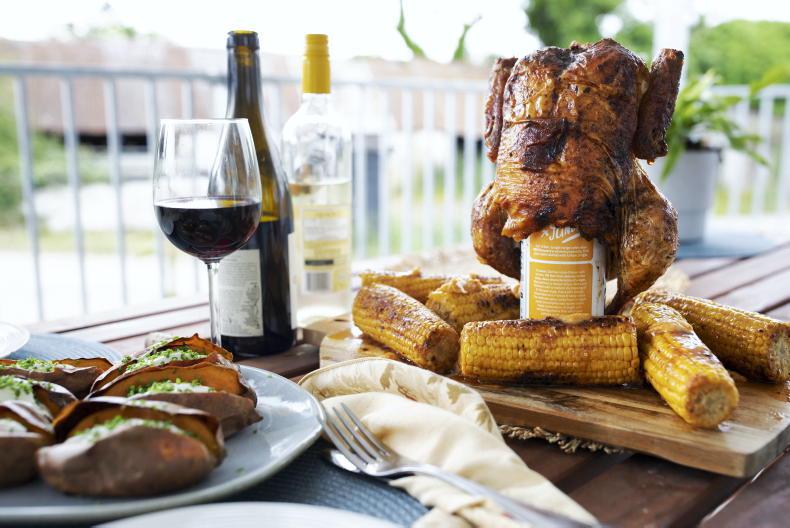

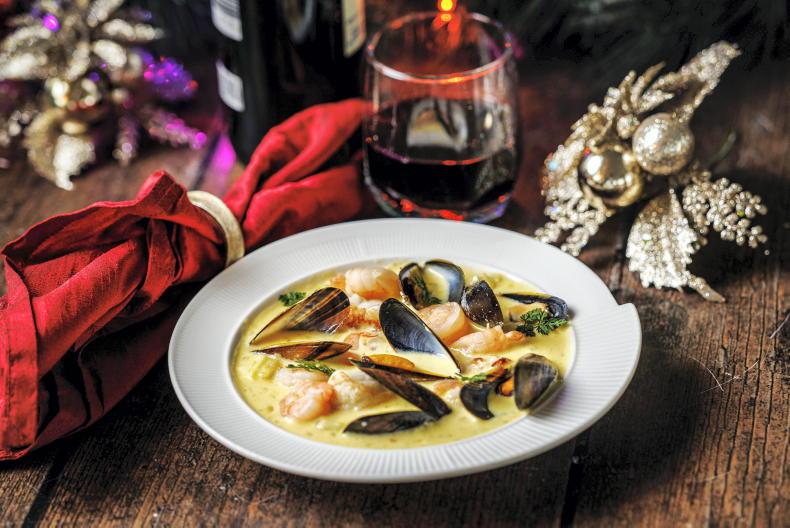
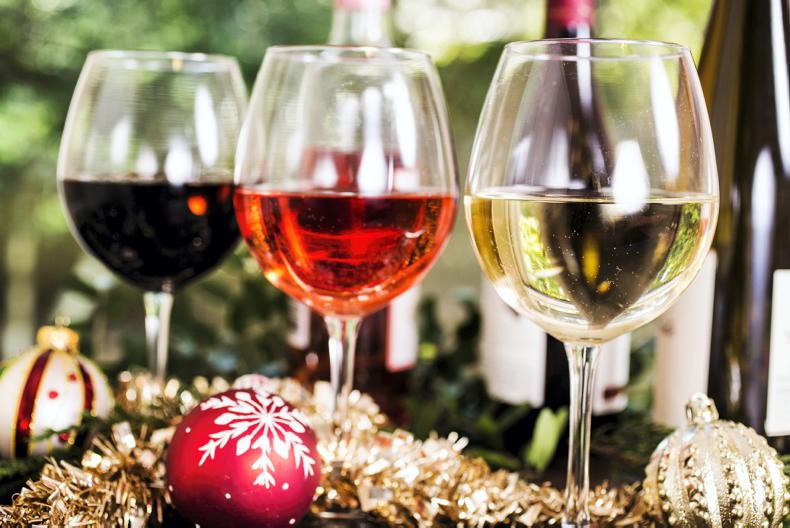

SHARING OPTIONS